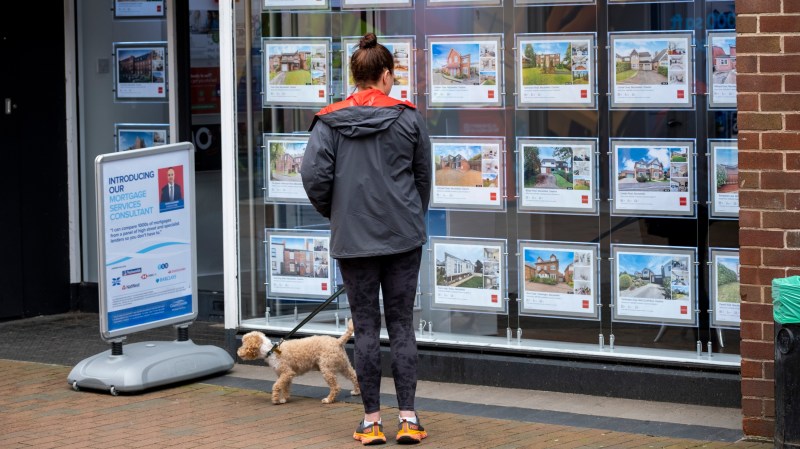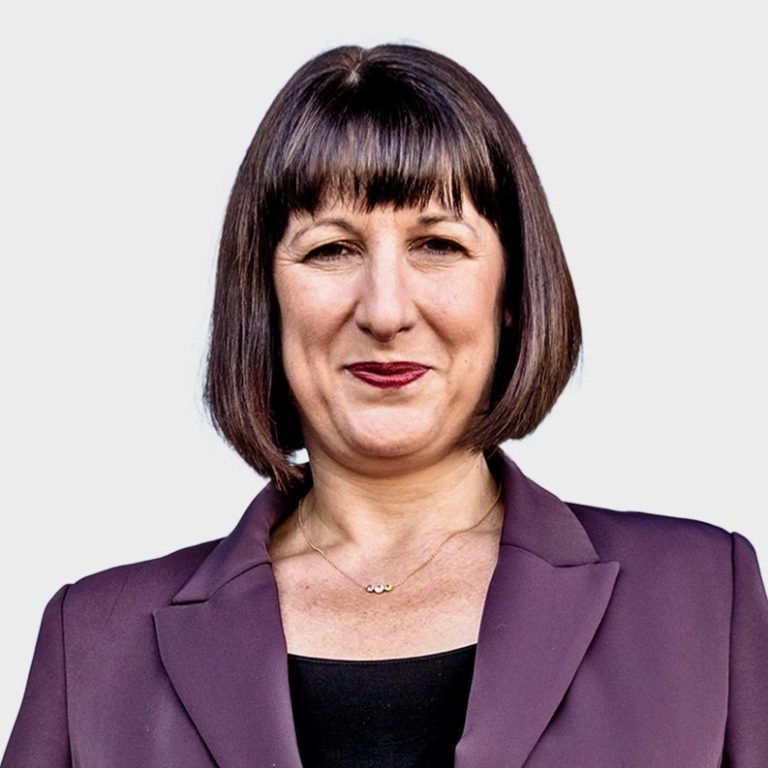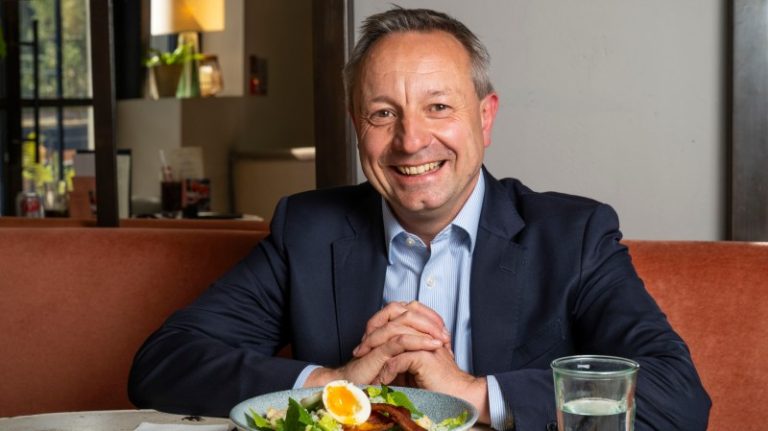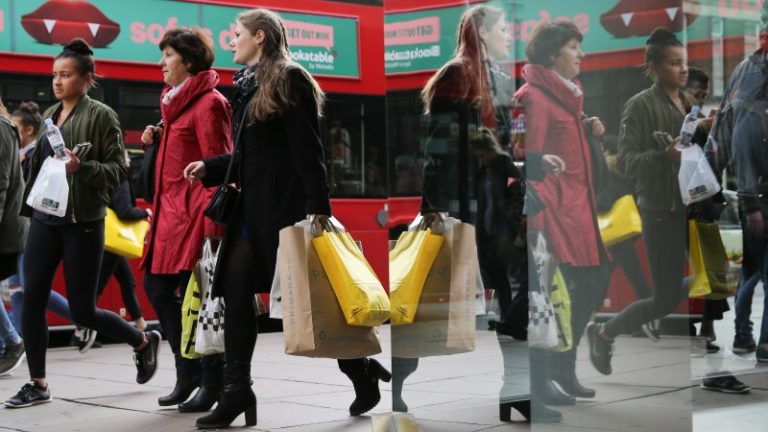Housing market bounces back as first-time buyers return
The housing market is now bigger than its average size before the pandemic as first-time buyers return to the market, with further expansion predicted as interest rates ease and as people trade up.
According to research by Savills, the estate agency, total spending on house purchases broke through the £350 billion barrier in the year to the end of June.
The recovery was fuelled by £88.3 billion spent in the second quarter of this year, an 8 per cent increase on the same period in 2023. This had been driven by a 22 per cent rise in the amount of mortgage debt forwarded by lenders, Savills said.
Spending by first-time buyers exceeded £21 billion in the quarter, up by £4.1 billion compared with last year. Overall, first-time buyer activity accounted for 24 per cent of all spending in the market, the highest proportion in eight years.
Spending by cash buyers, who were responsible for 43 per cent of all spending in the housing market last year, fell by £2 billion to 39 per cent of the total spent in the second quarter.
Lucian Cook, of Savills, said the housing market was expected to expand further over the next year. “Lower mortgage costs will encourage a wider range of buyers back to the housing market,” he said. “In particular, we should see an increase in upsizers, who put plans to trade up the housing market on hold in the face of higher mortgage costs. This cohort is likely to be at the forefront of that growth, although some may wait until after the government’s October budget before taking the leap.”
Savills used data from HM Revenue & Customs, the Office for National Statistics and the Bank of England, among others.
House prices rose by 2.2 per cent in the 12 months to July to reach £290,000, according to figures released by the Office for National Statistics last week. It found that average house prices in England had increased by 1.6 per cent to £306,000, in Wales by 2 per cent to £218,000 and in Scotland by 6 per cent to £199,000. In London, prices fell by 0.4 per cent to £521,000.
Private rents rose by an average of 8.4 per cent annually in August, with tenants typically paying £1,286 per month. In London, rents rose by 9.6 per cent in the year.
Separate figures from the Bank showed the number of new mortgages had risen to 62,000 in July, the highest monthly number since September 2022 and up from 60,000 in June. The Bank cut interest rates at the start of August from 5.25 per cent to 5 per cent. Last week the central bank voted to keep rates on hold at that level, but market-watchers expect at least one more reduction before the end of the year, which should help to pull down mortgage lending rates. Mortgage rates have been falling in recent weeks.
“The [interest rate] announcement does not change the clear, medium-term downward trend in mortgage rates,” Nicholas Mendes, mortgage technical manager at John Charcol, the broker, said last week. “While we can expect a temporary lull in the competitive rate cuts seen in recent weeks, this will be just that, a lull, not a reversal in direction.”
The base rate peaked at 5.25 per cent last September after 14 consecutive increases from December 2021.






